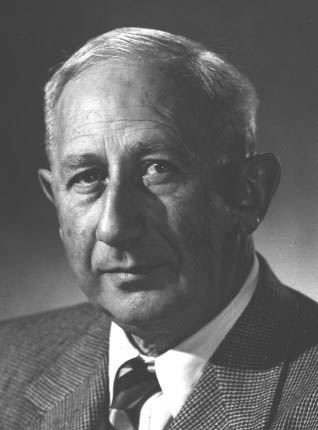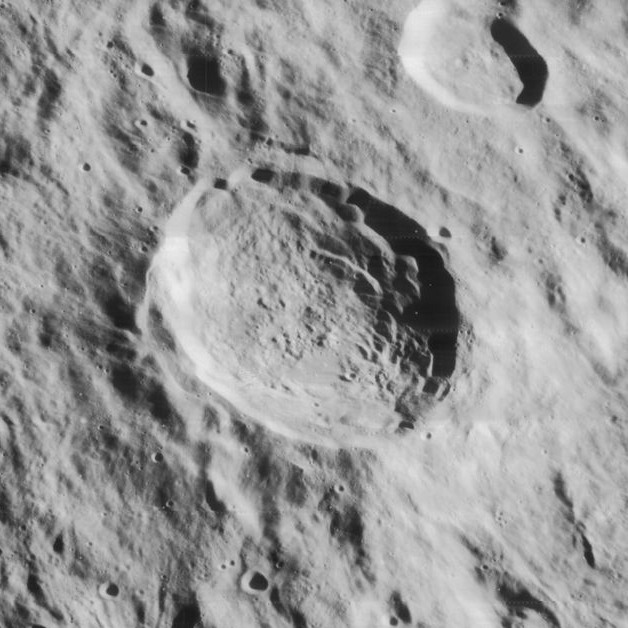Explanation: With natal dust clouds in silhouette against glowing atomic gas, this colorful and chaotic vista lies within one of the largest star forming regions in the Milky Way galaxy, the Great Carina Nebula. The telescopic close-up frames a field of view about 80 light-years across, a little south and east of Eta Carinae, the nebula's most energetic and enigmatic star. Captured under suburban skies improved during national restrictions, a composite of narrowband image data was used to create the final image. In it, characteristic emission from the nebula's ionized sulfur, hydrogen, and oxygen atoms is mapped to red, green, and blue hues, a color palette also popular in Hubble Space Telescope images. The celestial landscape of bright ridges of emission bordered by cool, obscuring dust lies about 7,500 light-years away toward the southern constellation Carina.
| << Previous APOD | This Day in APOD | Next APOD >> |



